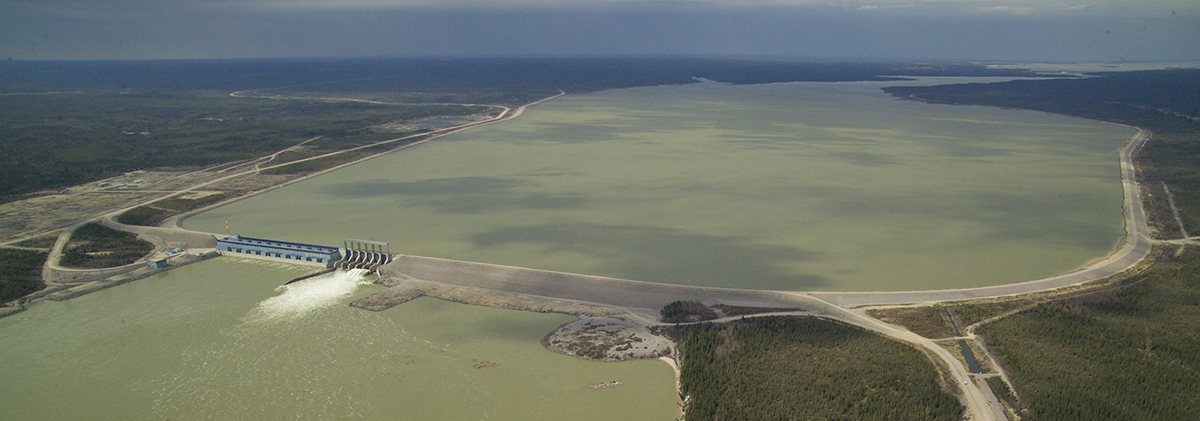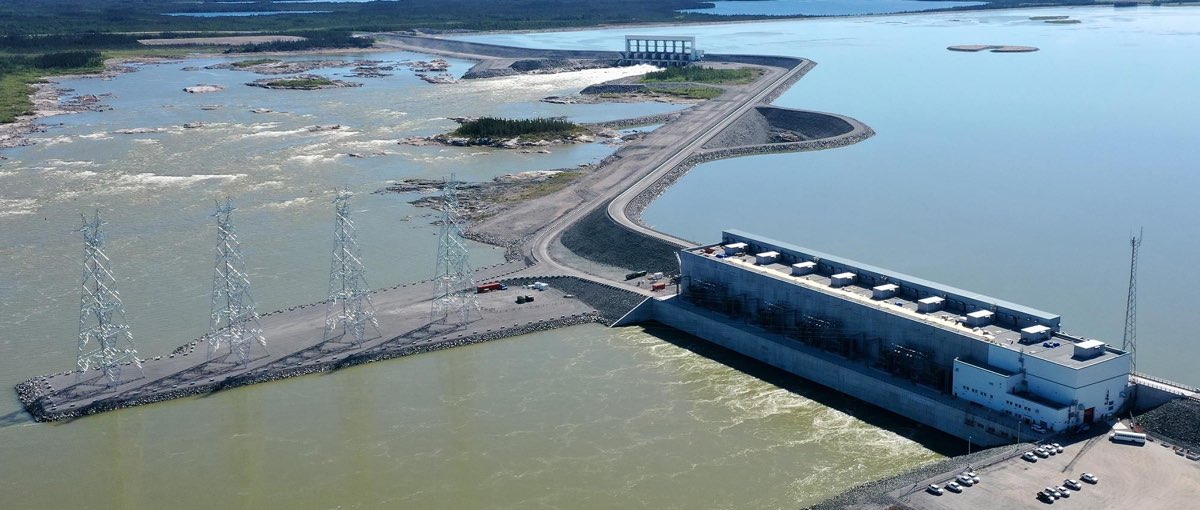Canada is home to a vast hydropower resource

There’s a lot of water in Canada. Each year, our rivers discharge close to 9% of the world’s renewable water supply. More of our surface area is covered by freshwater than probably any other country on the planet.
So, it should be no surprise that Canada is also home to a vast hydropower resource. Over 500 hydroelectric generating stations across the country produce about 355 terawatt-hours (355 million megawatt-hours) of electricity every year using the power of falling water.
This makes Canada the third largest producer of hydropower in the world, behind only China and Brazil. And, there is potential to more than double the installed hydropower capacity from 76,000 megawatts to 160,000 megawatts.
A number of hydroelectric generating stations are currently in development across Canada, including the 1,100-megawatt Site C in northern British Columbia, the 1,550-megawatt Romaine complex in Quebec, the 824-megawatt Muskrat Falls project in Labrador and the 695-megawatt Keeyask project here in Manitoba. In addition, there are a number of national and trans-border transmission projects currently under development linked to new hydro development, including a new 500 kV line being developed by Manitoba Hydro and Minnesota Power.
This vast renewable energy resource can play an important role in meeting North America’s electricity demand and pollution reduction goals.
A sustainable and affordable source of electricity, hydropower produces no air pollutants and has virtually no greenhouse gas emissions. It can be turned on or off faster than any other source and it makes available vast amounts of energy storage, making it the perfect partner to help bring additional intermittent renewables such as wind and solar to the electricity grid.
To explore Canada’s hydro infrastructure, including the location of almost every Canadian hydroelectric generating station, visit the Canadian Hydropower Interactive Map.
